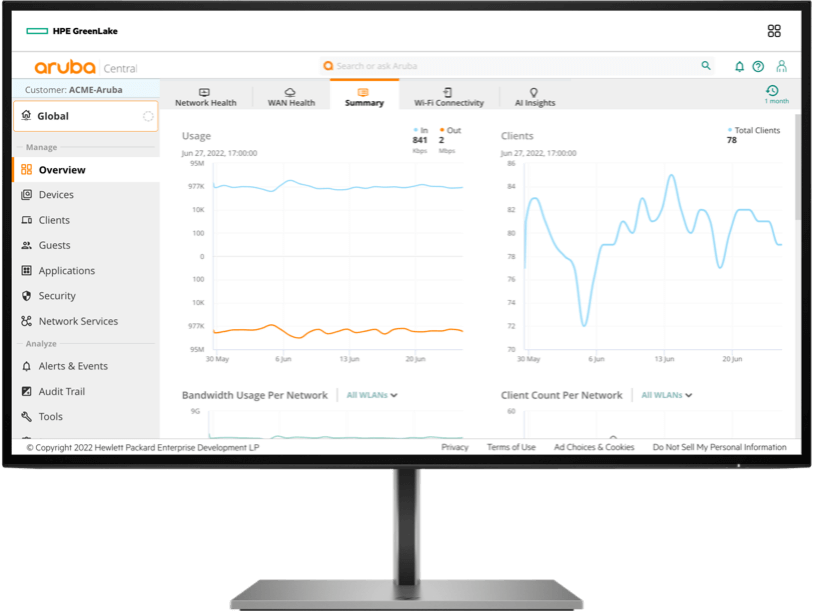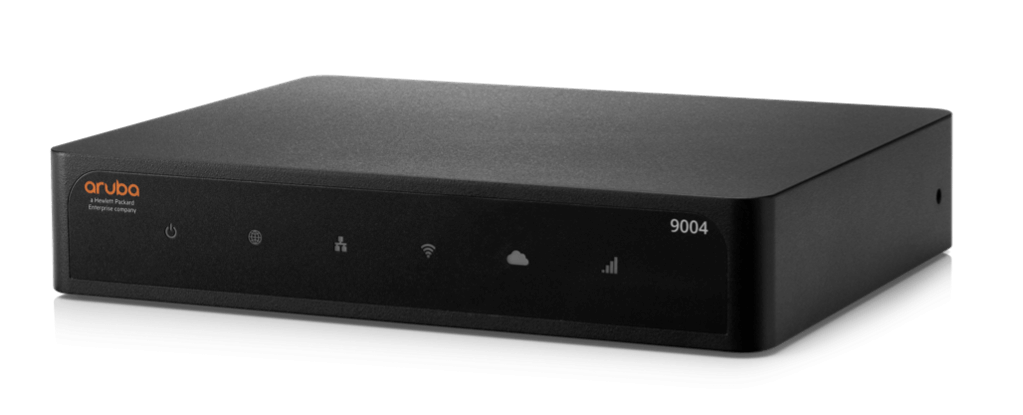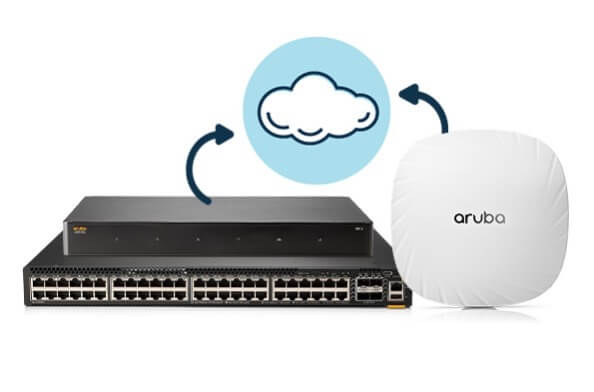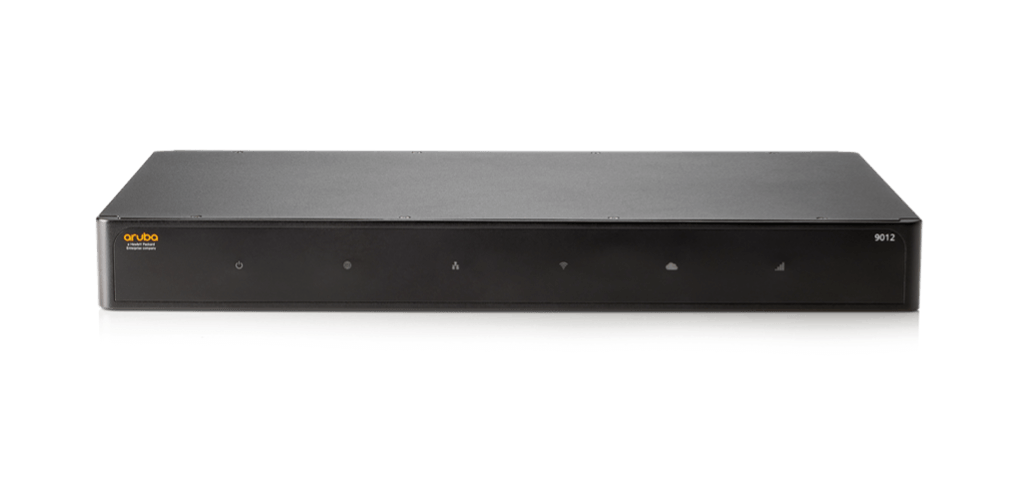HPE Aruba Networking Central, Meet ArubaOS 10
For those of you with current ArubaOS 8 (AOS 8) deployment managed by AirWave or managed standalone, new ArubaOS 10 (AOS 10) software is available to help you simplify, scale, and optimize your Wi-Fi architecture.

As new digital requirements continue to put pressure on your existing network infrastructure, agility and flexibility become more and more important. Each new IoT device that’s onboarded and each new application that is deployed adds to a challenging environment confronting your network administrators. To help offload repetitive, often manual tasks, and refocus network priorities on supporting the business, leveraging a cloud-native approach to solve traditional network challenges is becoming increasingly popular.
AOS 10 is a next-generation distributed operating system that is fully orchestrated from HPE Aruba Networking Central. Available for both access points (AP) and gateways alike (7xxx or above), AOS 10 brings together the best of InstantOS, ArubaOS 8, and AOS 8 SD-Branch to deliver a unified network underlay. This helps you simplify your day-to-day with more efficient intent-based workflows and adds more enterprise network and security features to future-proof and protect your network.
Gain amazing new benefits when you move to the cloud
If you’re managing more sites, more users, more clients, and more network infrastructure devices, here are some of the benefits of upgrading your controllers to AOS 10:
- Higher, more efficient scale. With Central, you can manage up to 16,000 APs per gateway cluster, and even deploy multiple clusters if needed. No additional management servers are required in these cloud models. If your organization has industry or compliance specific requirements, Central is also deployable as an on-premises solution.

- Unified Management for the services you enjoy today. Current capabilities you use today are now centralized into a single point of visibility and control. Features you use today from AirMatch to MultiZone, live upgrades to clustering can be orchestrated with a single login credential. You’ll also be able to manage HPE Aruba Networking APs, switches, and more.
- A microservices-based architecture. Microservices architectures enable an application like Central to be separated into separate services for instant access to new software upgrades, feature additions, or to assist in scaling up or down backend resources to meet your demands. HPE Aruba Networking engineering teams can implement these services without large disruptions to your network management utility, thereby improving stability and availability – and to grow the value of your network investment in a shorter period of time to market.
- AI-powered Insights and Remediation. The AI Insights dashboard displays a report of network events that could possibly affect the quality of the overall network performance. These are anomalies observed at the access point, connectivity, and client level for the selected time range. Each insight provides specific details on the occurrences of these events for easy debugging, or options for automated remediation.

- SD-WAN capabilities available with your existing hardware. 7xxx Series and 9xxx Series gateways can be provisioned and configured for SD-Branch / WAN functionality to optimize and control end-to-end WAN, LAN, and cloud security services.

- Expanded API integration options. The API gateway built into Central supports REST API and Streaming API as northbound interfaces for a variety of services. See here for more details.
To learn about more benefits you get when you upgrade, check out HPE Aruba Networking Central webpage for an overview.
Ready to Upgrade?
Read the next blog in this series “Move to AOS 10, Part 2: A How-To Guide for SD-Branch Gateways” or get started today.




